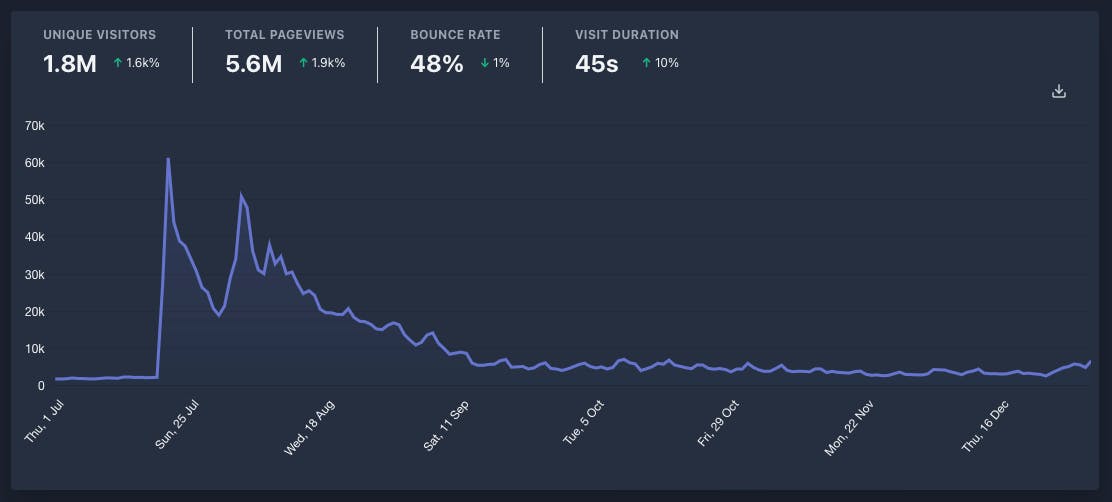What is UGC (User-Generated Content)?
UGC, also known as User-Generated Content, is any piece of brand-specific organic content created by customers rather than by the brand itself.
It’s usually published on social media at no cost to the brand. The most popular types of UGC include testimonials, images, videos, and reviews.
Why is UGC important?
UGC is an important addition to your marketing strategy because it authentically establishes trust with your customers and acts as social proof that your products are worth buying.
Think about it this way: when making a purchasing decision, do you trust a brand that says that its product is the best in the market more than a customer that has already tried it and leaves a review saying that it’s the best in the market? Most people would say they trust other people more than brands themselves.
And if you still don’t believe us, then hopefully, these statistics will prove just how important UGC is to building trust with your potential customers:
- Eighty-five percent of people say UGC is more influential than content made by brands directly, according to Adweek.
- Ninety-three percent of marketers agree that consumers trust content created by customers more than content created by brands, according to the 2021 State of UGC report by Tintup.
- Seventy-nine percent of people say UGC highly impacts their purchasing decisions, and consumers find UGC 9.8x more impactful than influencer content when making a purchasing decision, according to a report by Nosto.
What is an example of UGC?
There are many examples of the power of UGC, but one of our favorites comes from one of our teammates at Buffer. Andy Yates, a Staff Engineer here, has worked on many software projects, but none have seen the success of his app, Alpenglow.
The app allows users to check sunrise and sunset forecasts for the perfect light quality for shooting photos, and in 2021, it went viral on TikTok thanks to a user’s video showing how the app works.
Andy kindly allowed us to share some statistics about the effectiveness of the UGC through a graph that shows significant spikes around when the user first published the video in July of 2021.

The app also sharply increased in monthly recurring revenue (MRR) to $1,200 (up from $200 earlier that year) around the same time the video went viral in July.
Since then, the TikTok hashtag for Alpenglow has grown to 2.7 million views, with many more people creating TikToks featuring the app.
This is a perfect example of how UGC can have an impact on generating new sales and creating a stronger, more authentic community around your brand.
How can you generate UGC content?
You can prompt your users to generate UGC for your brand in many ways. Here are some of our favorite ways:
- Include requests for UGC on your website or your customer emails, like your purchase confirmation email.
- Remind your customers of your community hashtag (i.e., Urban Outfitter’s #UOCommunity hashtag) in your social bios, emails, and website.
- Create a social media contest your customers can participate in by submitting their own UGC.
- Reward customers for sharing UGC by re-sharing their UGC on your social channels, gifting them 20-50 percent-off discount codes, or even sending them a small branded gift.
- If you have a physical store or location, you can add signs in your store to prompt customers to engage with you through your hashtag or create photo-friendly installations that customers can take photos of and post on their social media channels.
Wondering how to make the most of these UGC assets once you have them? Read more on that here.
What is a UGC creator?
A UGC creator is a person who uses a product or service and documents their experience through video, images or text for a brand. A paid UGC creator is anyone who receives an incentive for creating those assets, whether financial or through free products and services. Usually, brands will work with UGC creators because they may not be able to create that type of content in-house.
By partnering with UGC creators, brands can receive a constant stream of UGC-looking content (which is especially useful for brands that may not be able to create that type of content in-house), offer more value per post to their audience, and also increase their sales.



